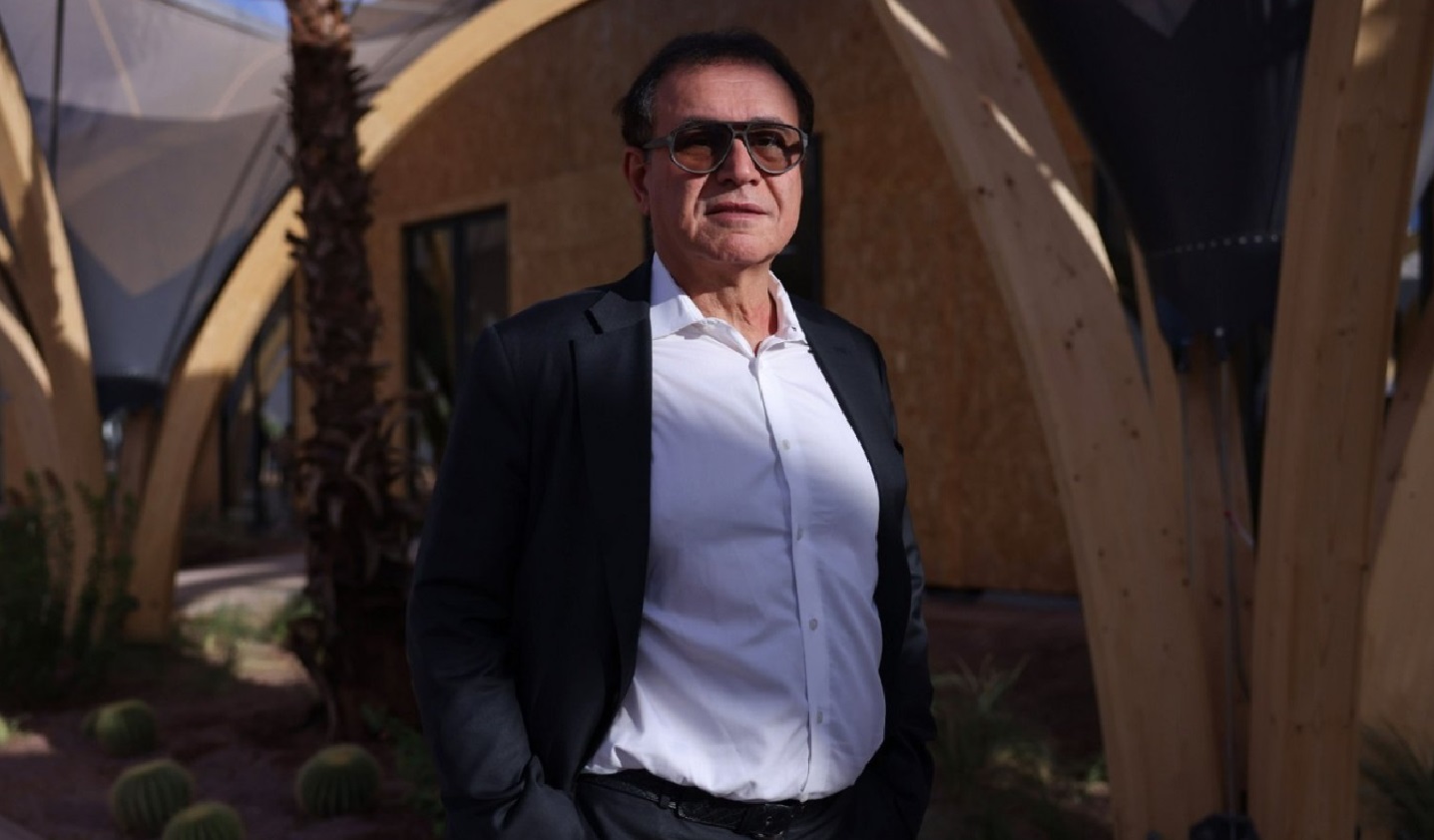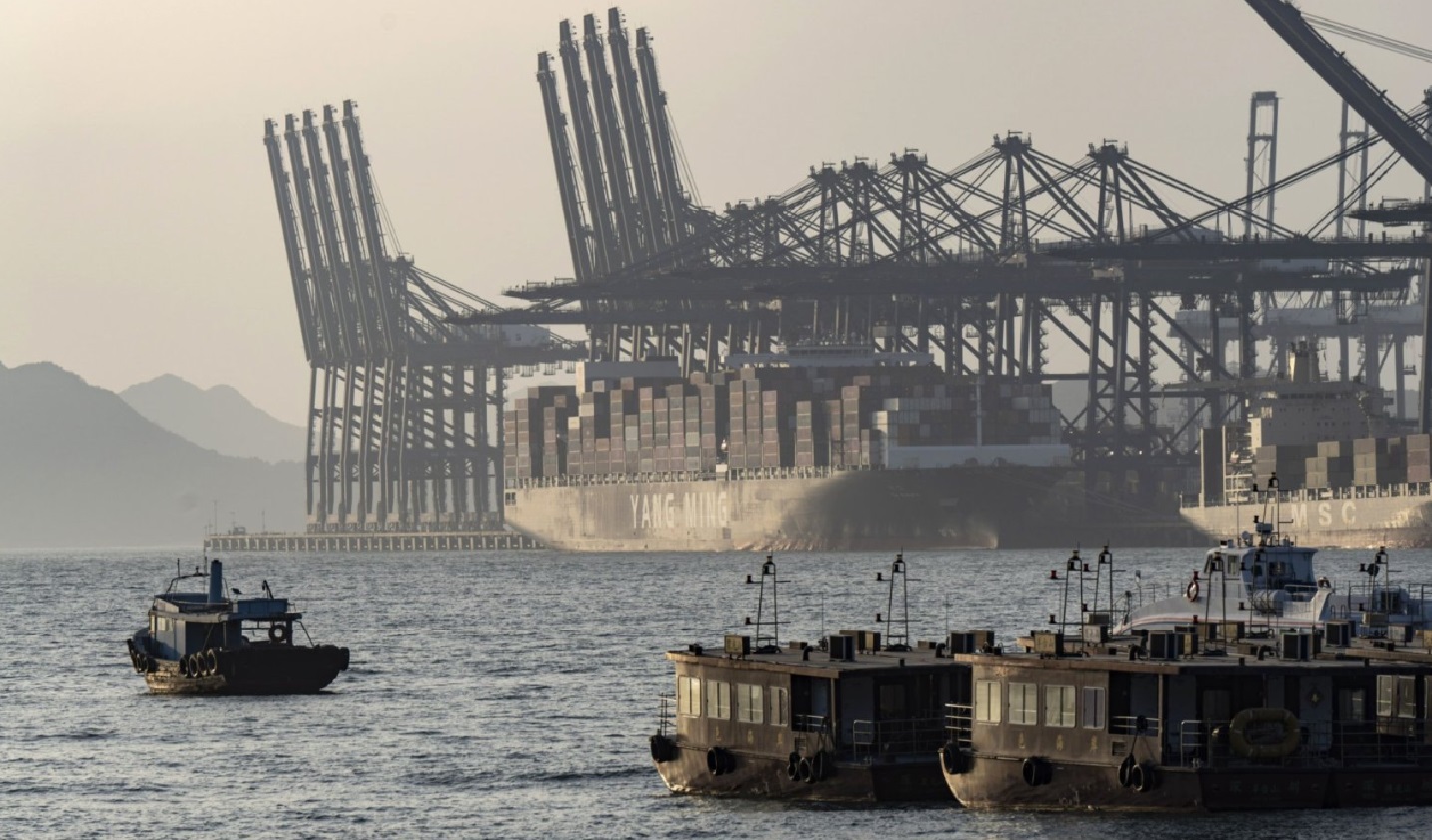After going through one of its worst energy crises, Europe is finally starting to ease the red tape that has been holding back the faster development of onshore wind power.
Measures such as declaring renewable energy projects of national interest have helped reduce the time it takes for developers to get permission to install new wind farms in a number of countries in the region – although there is still work to be done.
In Germany, the region’s largest wind market, around 7.5 gigawatts of wind power projects were approved last year alone, up 80% from the previous year and the highest level since 2016. Spain has also accelerated the issuance of permits, helping to ease the backlog of projects.
However, around 55 gigawatts of new onshore wind farms are awaiting approval in some of Europe’s biggest markets: Germany, France, Italy, Spain and the UK.
That’s about seven times more capacity than was added by those countries last year. The time to obtain a permit can reach an average of five years, more than twice the limit imposed by the European Commission (EC).
Permitting has long been one of the main deterrents to faster wind farm construction. Developers sometimes have to wait so long that the turbines they planned to use at the start of the process are no longer available on the market by the time they get the green light to build the project.
“The wind farm construction approval process was shortened last year, especially in Germany, but there is still room for improvement”, commented Giles Dickson, CEO of industry group WindEurope. “The EU needs to build 30 gigawatts of new wind capacity per year to meet its 2030 targets. The current approved volumes are not enough for this”, added he.
At the end of 2022, the European Union (EU) set out a framework for member states to accelerate the deployment of renewable energy. The measures include classifying renewable energy (RES) projects as “of primary public interest,” a designation that would prevent lawsuits against new sites that can take years. The bloc also seeks to speed up environmental impact assessments.
These measures were crucial in helping Germany reach its highest level of approved projects in nearly a decade last year. Other markets such as Italy and France are lagging behind, BNEF found. Other measures, such as digitization, will help to eliminate the expensive and burdensome practice of printing out permit applications that run into tens of thousands of pages.



